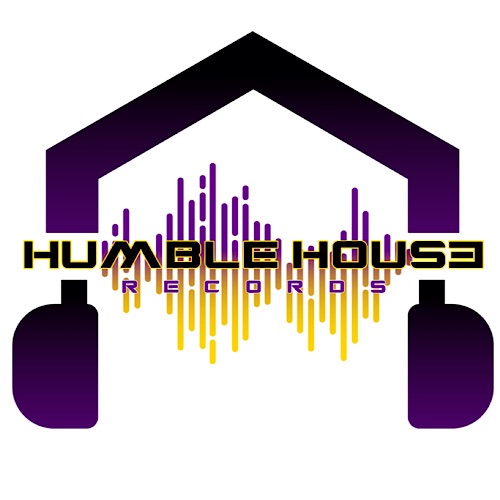Listening to Beyoncé's 'Renaissance' References – The New York Times
by June 8, 2024Beyoncé’s ‘Cowboy Carter’
Advertisement
Subscriber-only Newsletter
A tour through key samples, references and influences on the pop star’s 2022 album as her world tour arrives in North America.
Last weekend, I traveled to Toronto to catch the first North American date of Beyoncé’s Renaissance World Tour. I returned home feeling like the human incarnation of the starry-eyed emoji (so many sparkles!) and with a new appreciation for “Renaissance,” the loose and sprawling album that Beyoncé released this time last year.
“Renaissance,” Beyoncé’s seventh studio album, is a sonic odyssey through the history of dance music, with a specific focus on the genre’s Black and queer pioneers. It achieves the perfect balance of many opposing forces: “Renaissance” is studied and referential but still maintains a fun lightness. It celebrates community and a kind of artistic plurality while still centering Beyoncé’s singular star power. It contains a few of Beyoncé’s strongest stand-alone singles and yet plays like a continuous D.J. set: Sometimes I will get an urge to hear one particular song and, before I know it, I will have listened to the rest of the album in its entirety — again!
Witnessing the way Beyoncé staged some of these songs live has helped me hear new elements in an album I have already played approximately four billion times. Some of that has to do with the way she contextualized the “Renaissance” songs within the evolution of her own catalog (the vampy, hard-hitting “Diva,” from 2008, sounds like a transmission from Beyoncé’s future), but she also made sure to situate “Renaissance” within a larger continuum of pop music, electronic sounds, and Black and queer culture.
That’s a project I’d like to continue with today’s playlist, which is a kind of musical tour of the samples, references and influences heard on “Renaissance.” It is highly indebted to a great piece that the music journalist and electronic dance music scholar Michaelangelo Matos wrote for The Times right after the album was released, which served as a listening guide to its many sonic footnotes.
Come along for the ride as Beyoncé pays homage to the Chicago house of Adonis, the postmillennial bounce of Big Freedia, the pulsating bass of Reese and much more. May this playlist help you hear “Renaissance” anew, learn a little about electronic music history or maybe just make like Beyoncé and Grace Jones and move.
Listen along on Spotify as you read.
One of the formative early classics of Chicago house — a localized subgenre of dance music that spread through the Windy City’s underground club scene in the mid-80s — Adonis’s 1986 track “No Way Back” has a menacing intensity and a grimy low-end that would prove enormously influential … (Listen on YouTube)
We are having trouble retrieving the article content.
Please enable JavaScript in your browser settings.
Thank you for your patience while we verify access. If you are in Reader mode please exit and log into your Times account, or subscribe for all of The Times.
Thank you for your patience while we verify access.
Already a subscriber? Log in.
Want all of The Times? Subscribe.
Advertisement

Leave a comment